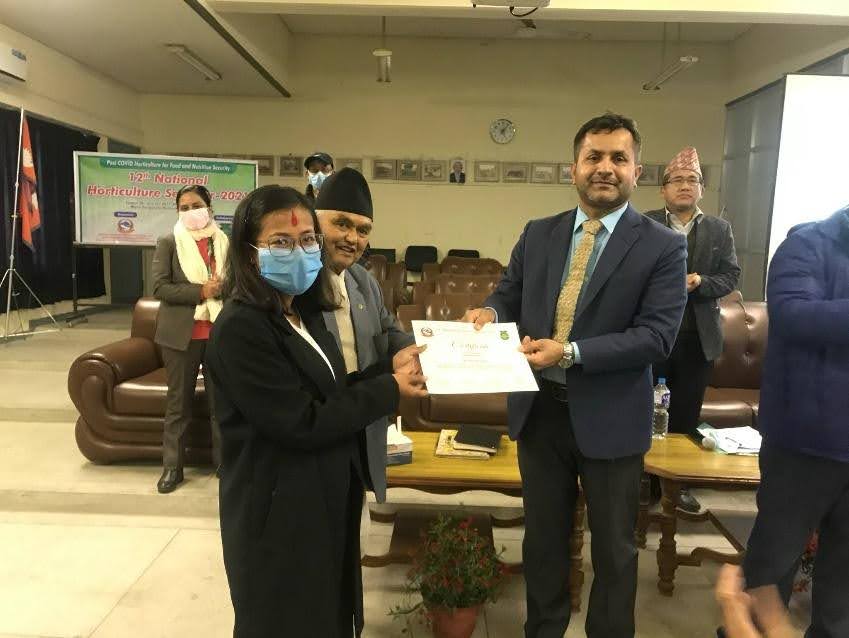Poonam Karki
Soil Health Research Specialist
"Building Healthy Soils, One Study at a Time"
Advancing soil health research to support sustainable farming and resilient food systems
Active Projects
Funded Research
Research Focus
Microbial ecology & soil biogeochemical cycling
Expertise Areas
Microbial ecology, soil biogeochemical cycling, and conservation practices
Mission
Advancing climate-smart agriculture by helping small and mid-scale farmers transition to organic production, improve productivity, and build resilience thorough evidence-based soild health management
Current Position
Soil Health Research Specialist at Lincoln University, working in Dr. Hurisso's lab focusing on organic agricultural systems
"A single teaspoon of soil contains more microorganisms than the entire global human population"
Current Research Projects
Working as a Soil Health Research Specialist in Dr. Hurisso's lab at Lincoln University, focusing on microbial ecology and carbon and nitrogen cycling dynamics in organic agricultural systems
1. Organic Transition Project
USDA-NIFA Funded
In the U.S. organic agriculture is a $50 billion industry, involving >5 million certified acres of organic farmland and >14,000 farms. However, weed management poses one of the greatest challenges to growing organic crops, accounting for the bulk of the production costs.
Many growers turn to tillage to control weeds, but soil disturbance associated with tillage results in soil erosion and loss of valuable soil organic matter. In Missouri, where top soils are relatively shallow, the loss of carbon-rich topsoil through tillage-induced soil disturbance is directly responsible for soil quality degradation, greatly limiting yield and profitability.
Some growers take land out of cash crop production every other year or more to grow cover crops including both winter and summer cover crops as they try to build up SOM and soil health. The obstacles are enough to make some farmers abandon organic practices altogether and others think twice before transitioning to certified organic operation.
Therefore, I am working to develop a more sustainable, cover crop-cash crop companion production methods that enhance soil health and crowd out weeds, ultimately improving crop yields and profitability of small- and mid-sized vegetable farms across Missouri and the Midwest. This project is supported by USDA-NIFA.
2. Solar Corridor Cropping System
USDA Conservation Innovation Grant
The Solar Corridor Cropping System (SCCS) project is a USDA Conservation Innovation Grant funded initiative aimed at enhancing the sustainability and productivity of livestock farming by introducing a year-round grazing alternative.
As extreme weather events, feed shortages, and rising input costs threaten small and mid-scale livestock operations across the U.S., this project offers a transformative solution: intercropping high-energy grain crops like grain sorghum with high-protein forage species in wide rows, enabling animals to graze directly in the fields during late fall and winter.
This strategy reduces dependence on hay, machinery, and labor, thereby lowering operational costs while regenerating soil health and increasing resilience.
By designing a system that integrates cover cropping, grazing, and carbon sequestration, SCCS aligns and supports underserved farming communities.
My Role
In these projects, I carry out testing on a suite of soil health indicators that reveal how conservation practices impact soil health and resilience. These include:
- Total carbon and total nitrogen
- Permanganate oxidizable carbon (POXC)
- Mineralizable carbon
- Potentially mineralizable nitrogen (PMN)
- Soil enzymes (e.g., β-glucosidase, N-acetyl-β-glucosaminidase)
- Soil protein
- Phospholipid fatty acids (PLFA) for microbial biomass and community composition
- DNA/RNA extraction for microbial community activity analysis
This work provides both immediate insights into how soils respond to management and builds the foundation for understanding long-term changes that support sustainable land use and organic farming practices.
Beyond this, I also analyze cover crop and forage tissues and collect biomass samples, since the amount of carbon sequestered in soil is directly linked to the amount of biomass returned. To assess weed management effectiveness, I study the weed seed bank to determine whether conservation practices have reduced potential weed pressure.
After generating data, I apply statistical analysis and visualization techniques in R and SAS, transforming raw measurements into insights that guide sustainable farming strategies.
Through these studies, my goal is to provide farmers especially small- and mid-sized organic growers with tools and strategies that enhance both ecological resilience and economic success.
Research in Action
Visual documentation of ongoing research work
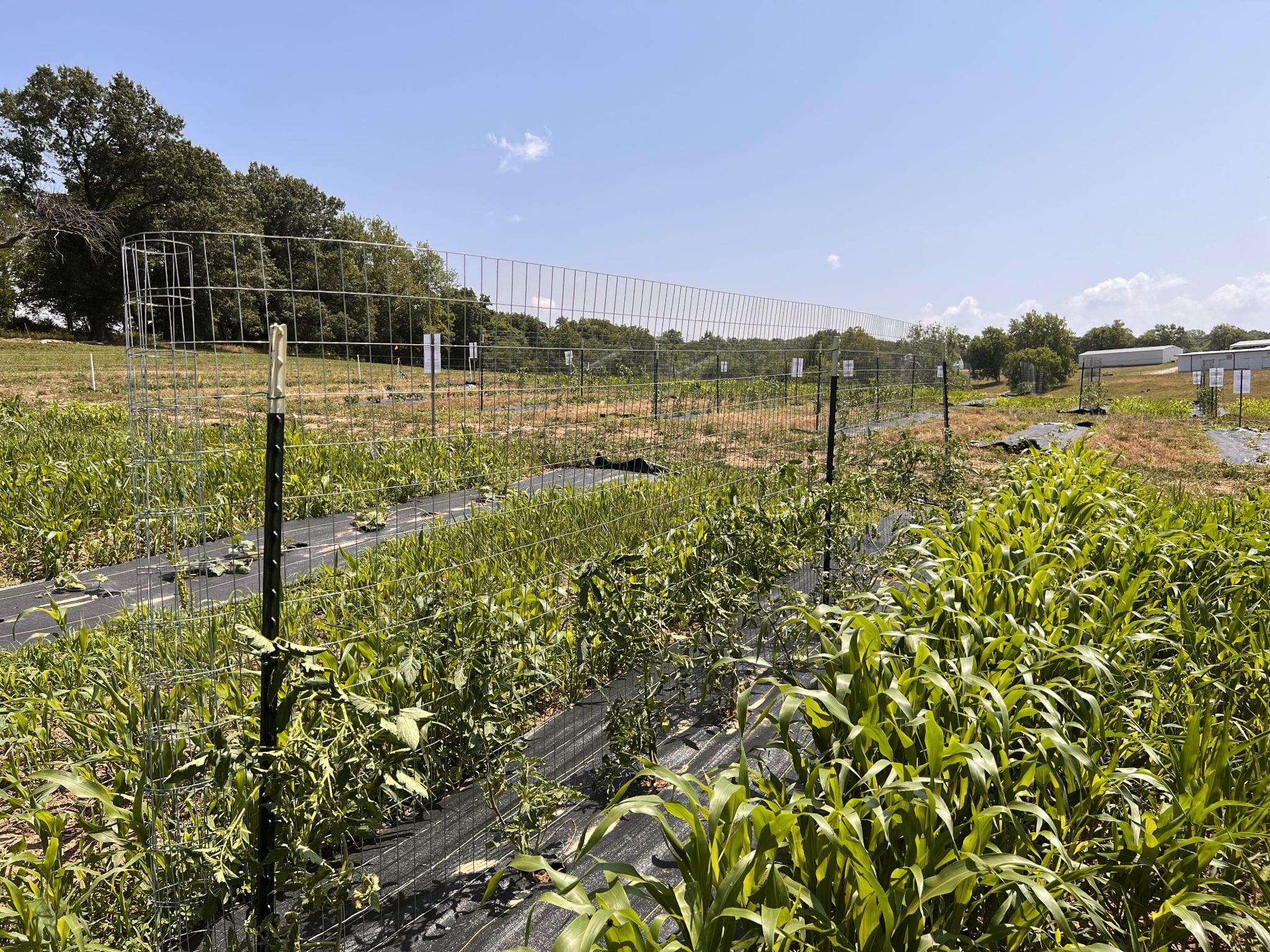
Project 1: Organic Transition
Looking Ahead: Research Vision
During my master's research, I focused on the physiological and metabolic techniques used to measure soil biological health indicators. For decades, soil organic carbon has been considered the "currency of soil health," and while widely studied, it often responds too slowly, sometimes requiring decades to reflect changes in soil and crop management.
Today, the focus has shifted toward the biologically active pools of soil organic matter (SOM), such as permanganate oxidizable carbon (POXC) and mineralizable carbon (Cmin-24). These measures are faster, more affordable, and more sensitive to management practices, offering deeper insights into soil carbon availability and crop performance. For example:
- POXC indicates how much food is available for soil microorganisms.
- Cmin-24 reveals how active those microorganisms are in the soil.
After three years working with labile carbon and nitrogen indicators, I have come to understand that soil microorganisms are central to most of the answers I seek.
In the future, I plan to move toward molecular and functional techniques that capture the complexity of the soil microbiome, which holds immense potential for understanding soil health:
- Metagenomics can produce a detailed taxonomical profile of soil communities.
- Metatranscriptomics can provide a functional profile, revealing which microbial processes are active.
These approaches can be correlated with physical, chemical, and biological soil health indicators, creating a more holistic understanding of soil systems. Ultimately, my vision is to develop cost-effective, high-throughput methods for soil health assessment.
Research Expertise & Focus Areas
Specialized in microbial ecology, soil biogeochemical cycling, and conservation practices
Microbial Ecology
Understanding soil microorganism interactions and their role in ecosystem sustainability
Biogeochemical Cycling
Carbon and nitrogen cycling dynamics in organic agricultural systems
Farmer Support
Helping small- and mid-scale farmers improve production and productivity
Professional Engagements
Featured Highlights
1st Place – ASA-CSSA-SSSA International Annual Meeting
2023 • St. Louis, MO
3rd Place – 1890 ARD Research Symposium
2024 • Nashville, TN
MarbleSeed Organic Farming Conference Presenter
2025 • La Crosse, WI
Farmer Field Day Organizer – Lincoln University Busby Farm
2024 • Lincoln University, MO
Master's Thesis Defense – Lincoln University
2024 • Lincoln University, MO
MarbleSeed Organic Farming Conference
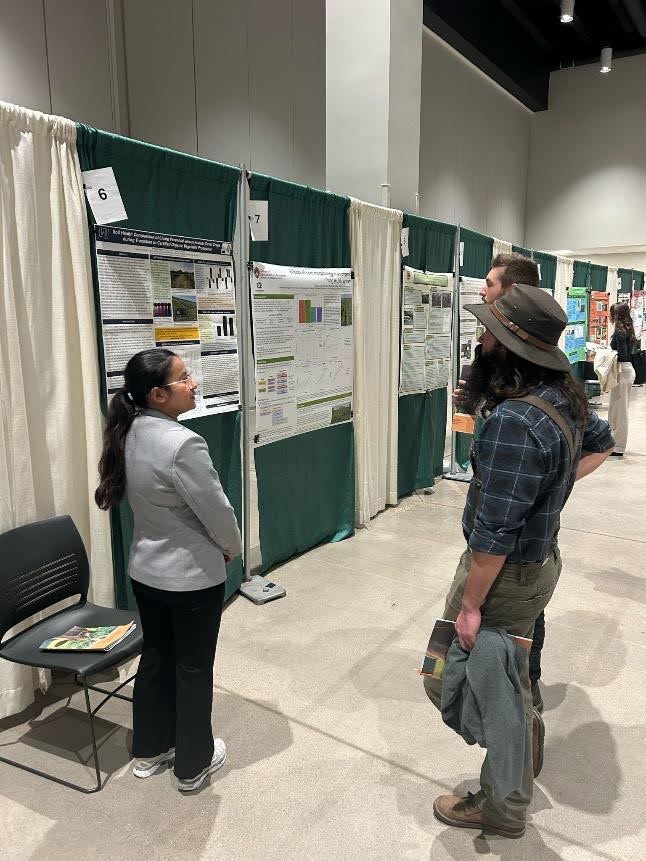
1890 ARD Research Symposium
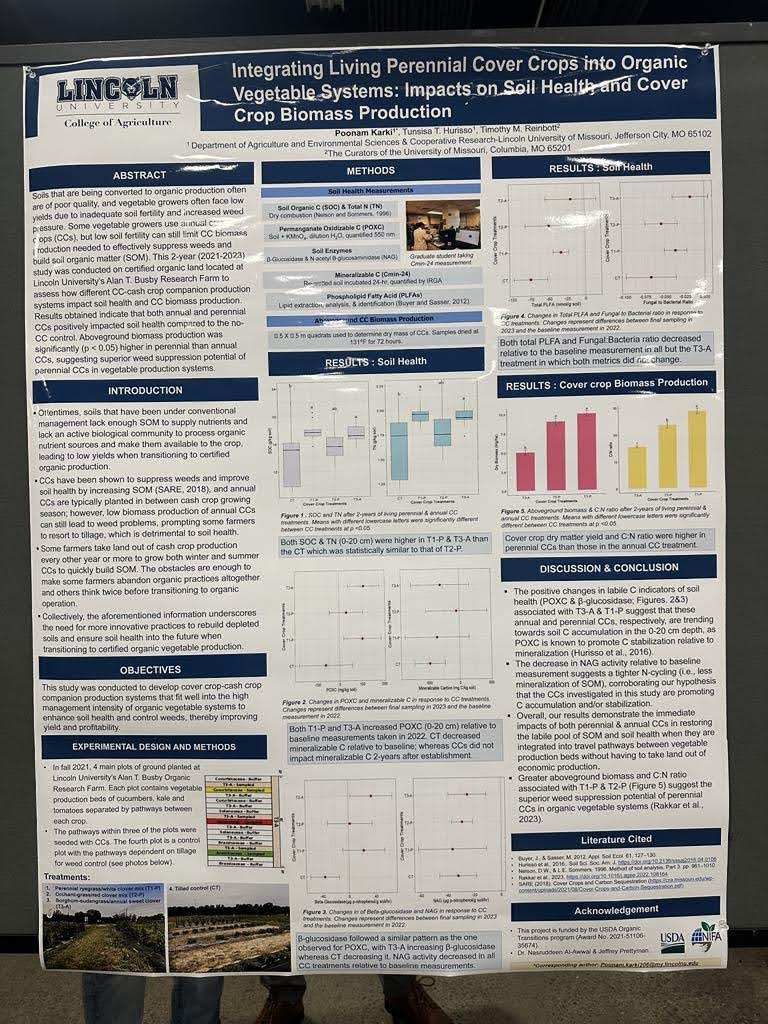
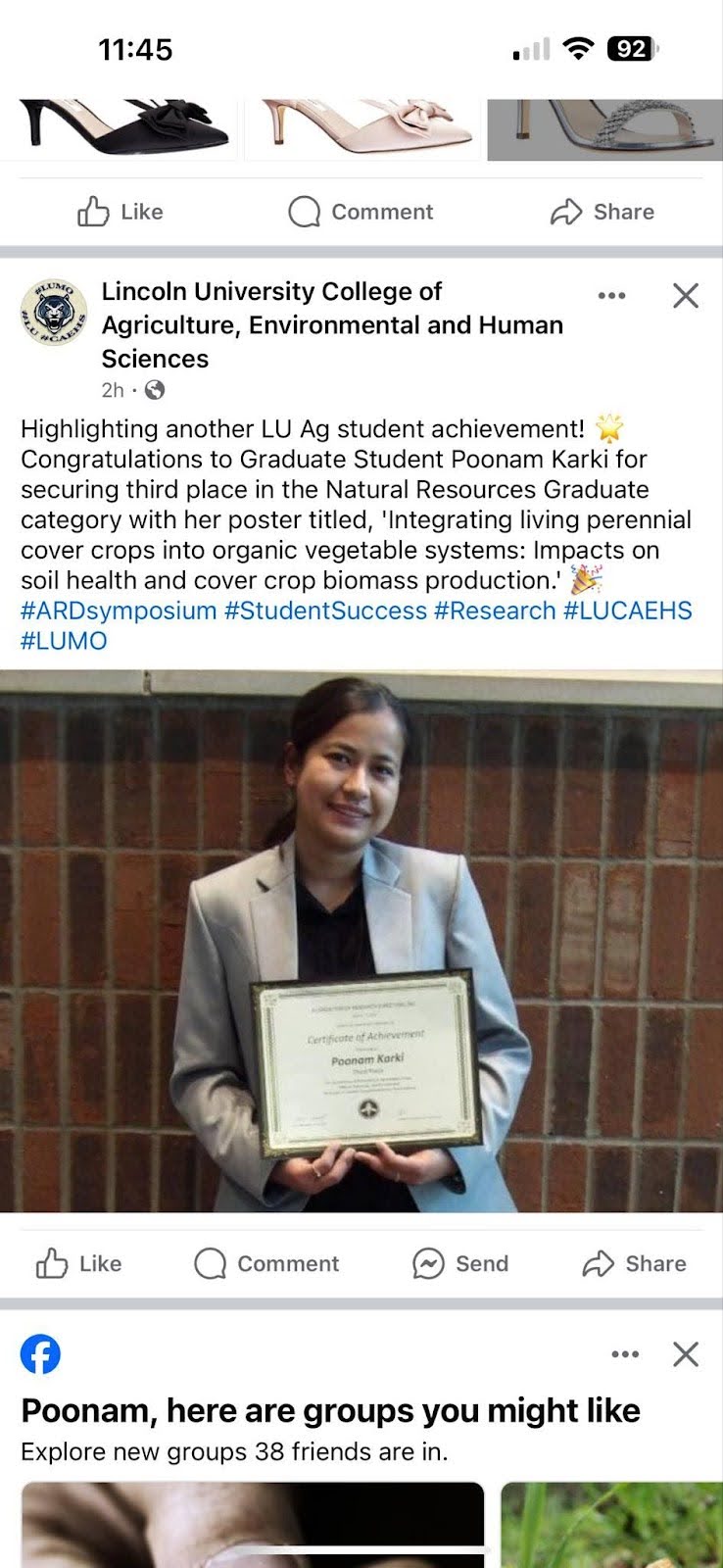
Great Plains Growers Conference
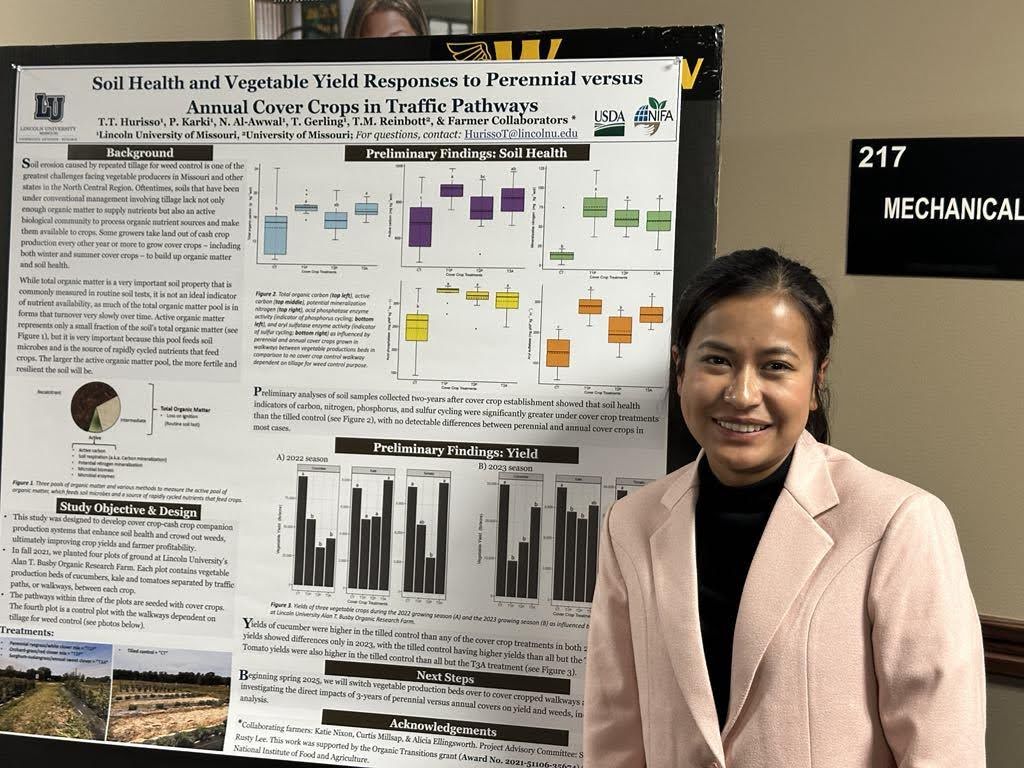
DJI L1 LiDAR Sensor Training
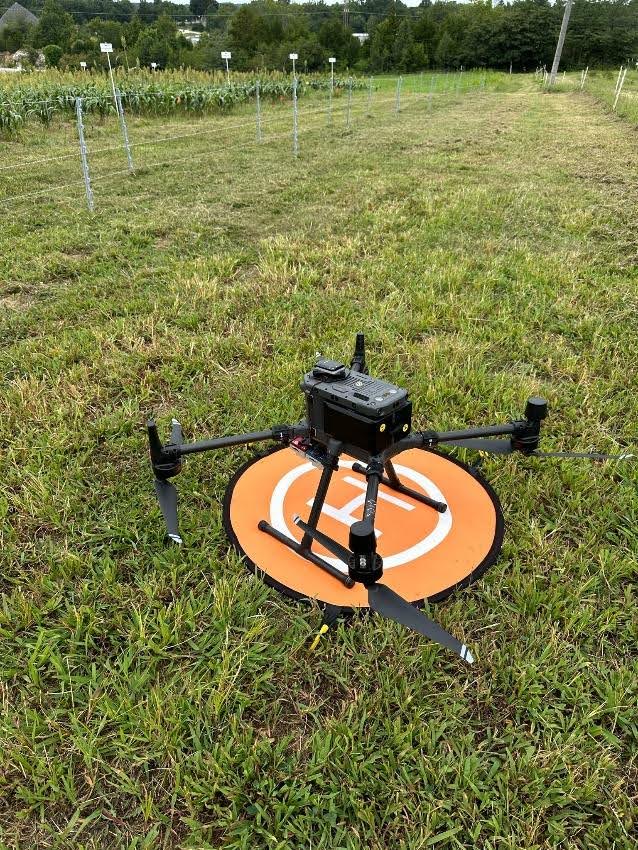
Farmer Field Day

Plant Breeding & Data Analytics Hackathon
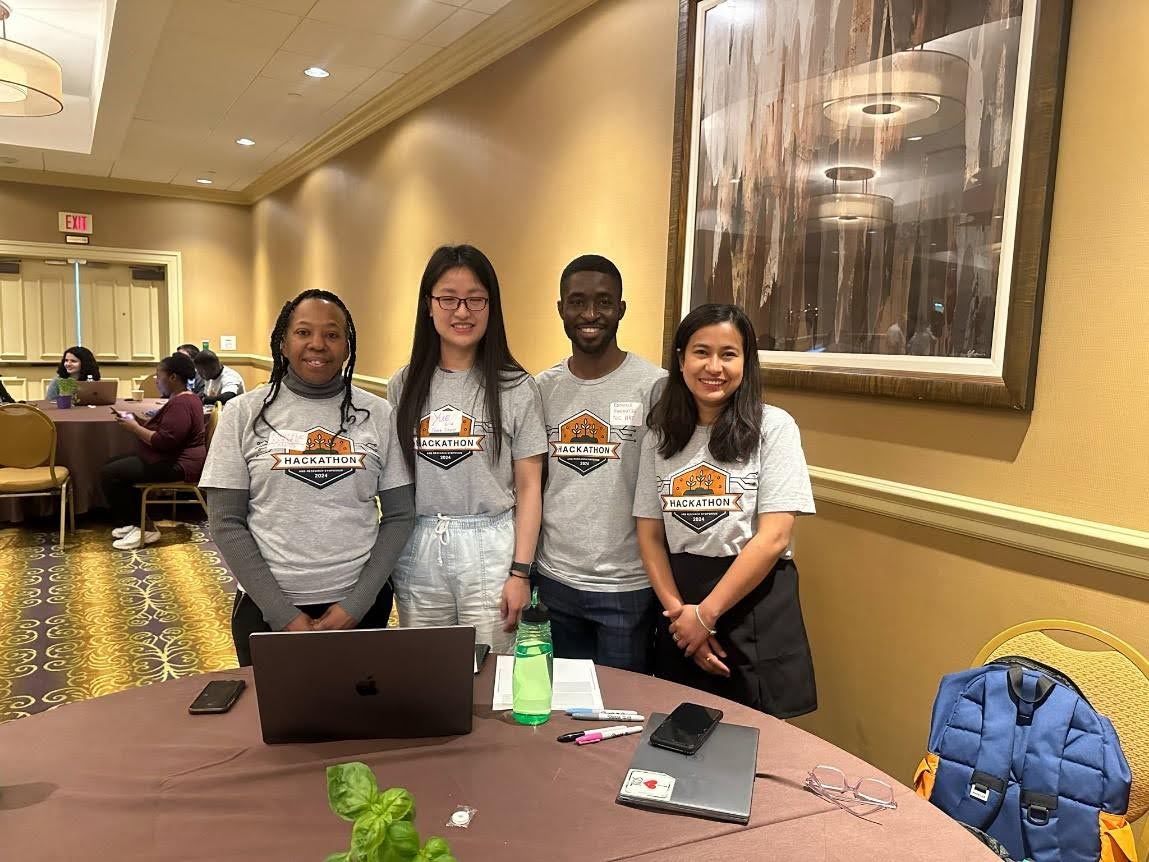
ASA-CSSA-SSSA International Annual Meeting
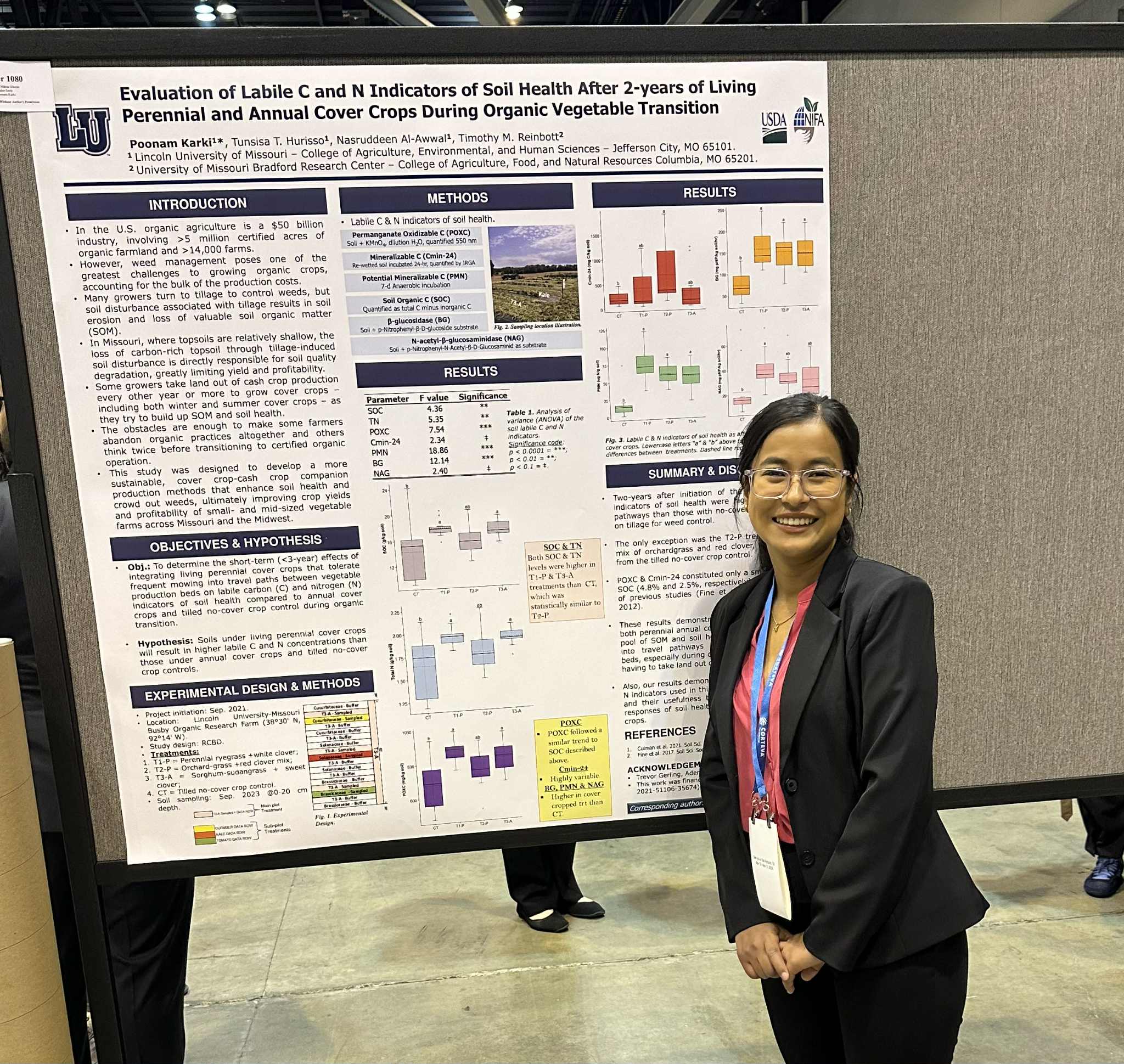
Minority and Limited Resources Farmers and Producers Conference
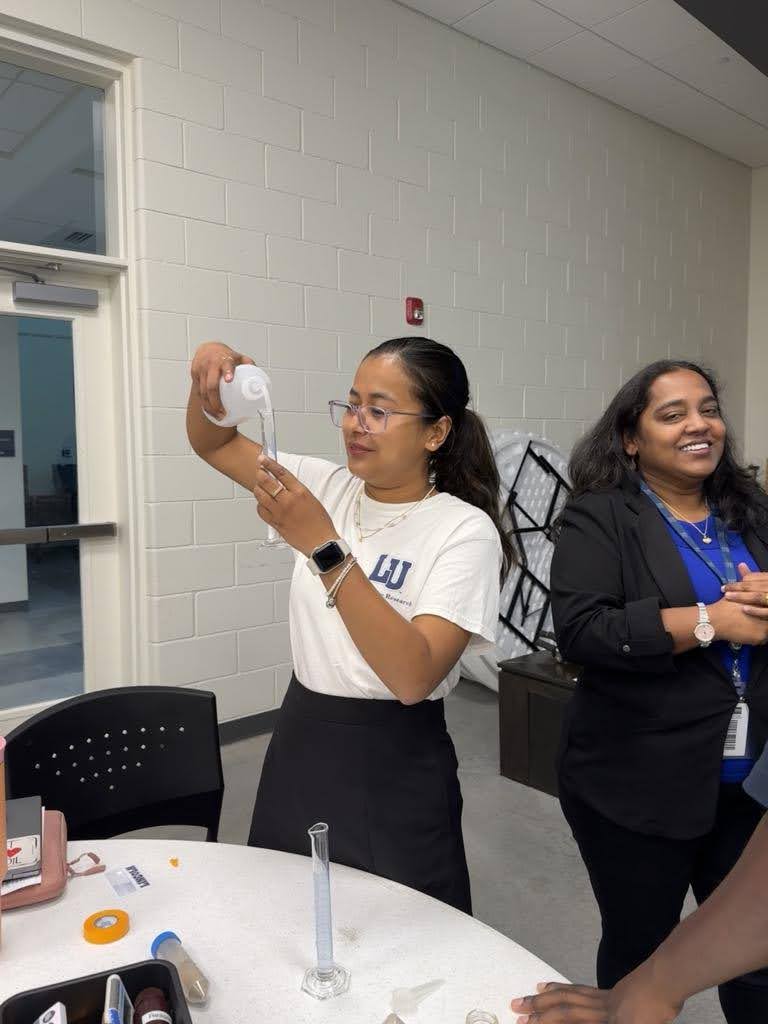
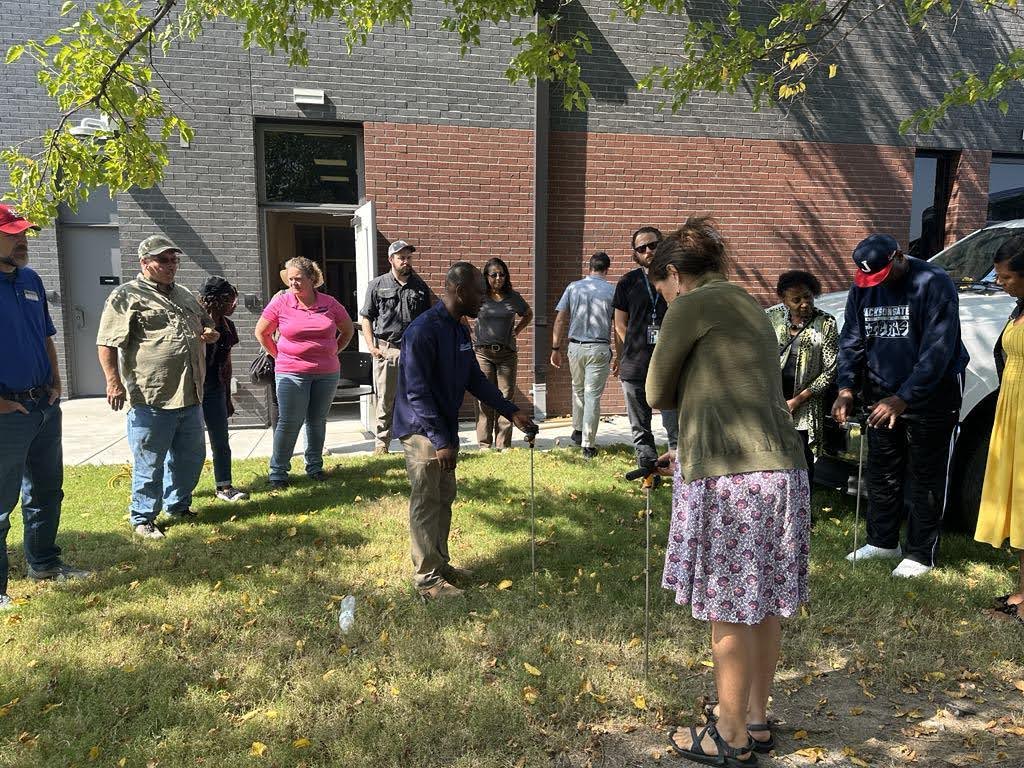
Soil Health Outreach Program
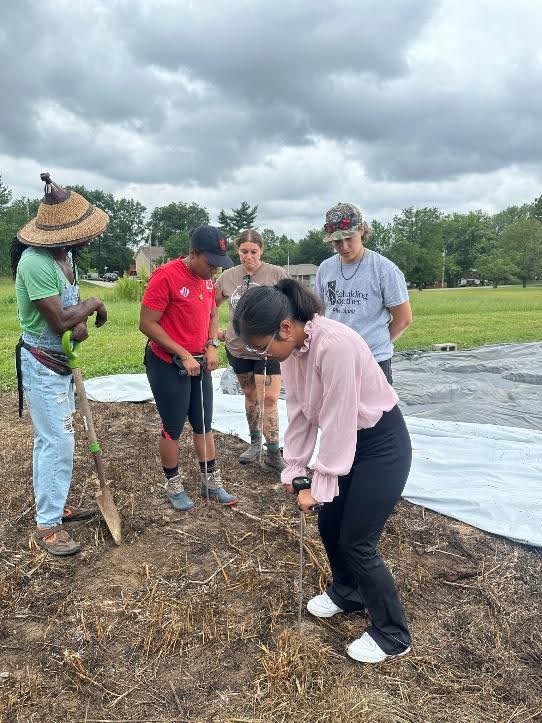
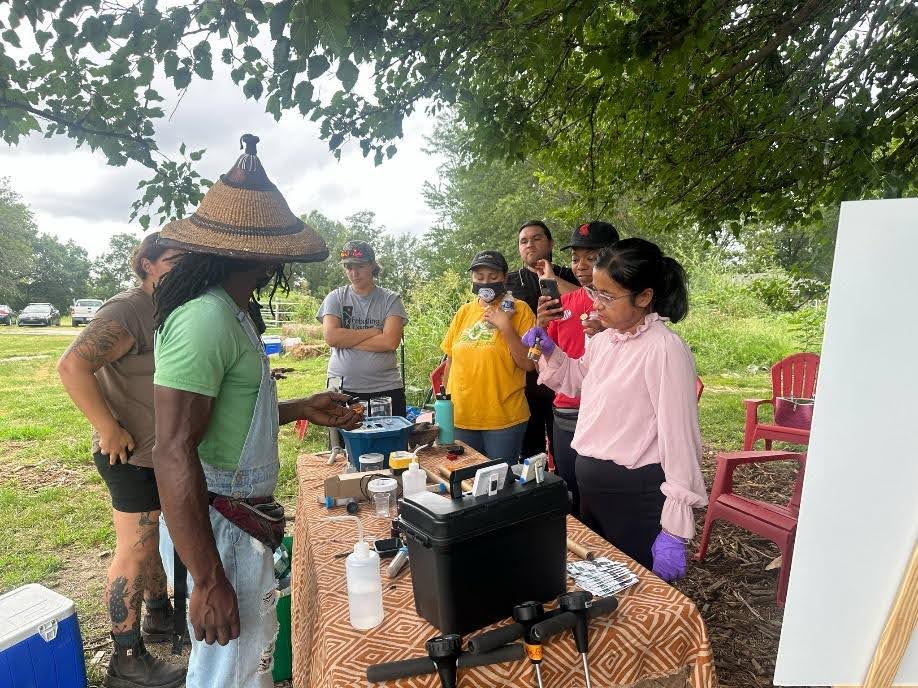
Hemp Field Day
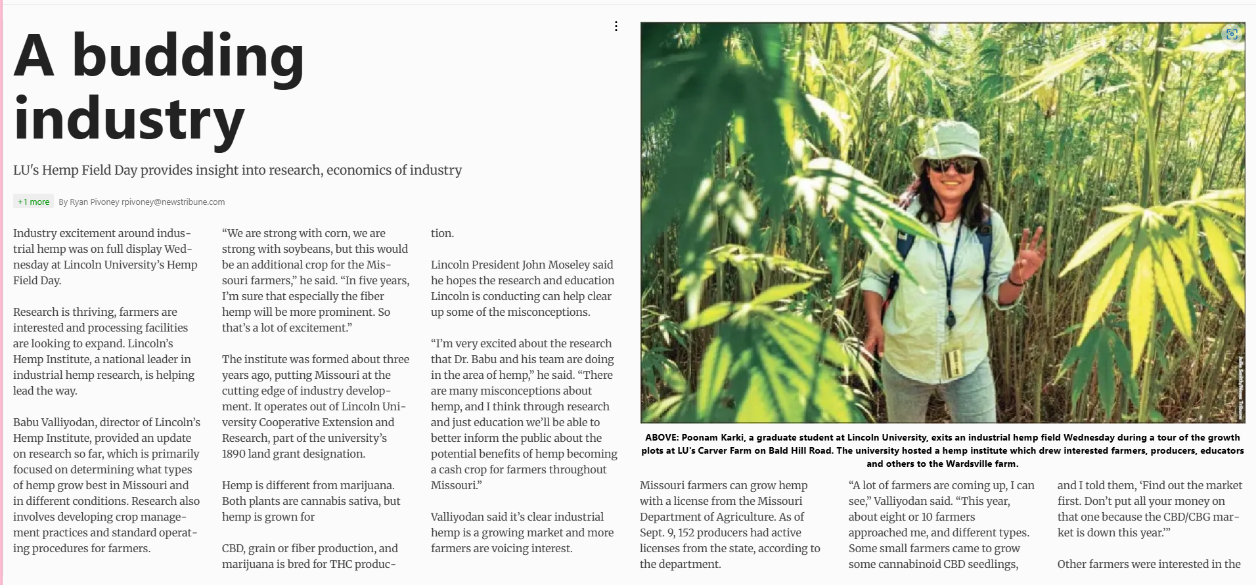
12th National Horticultural Seminar
